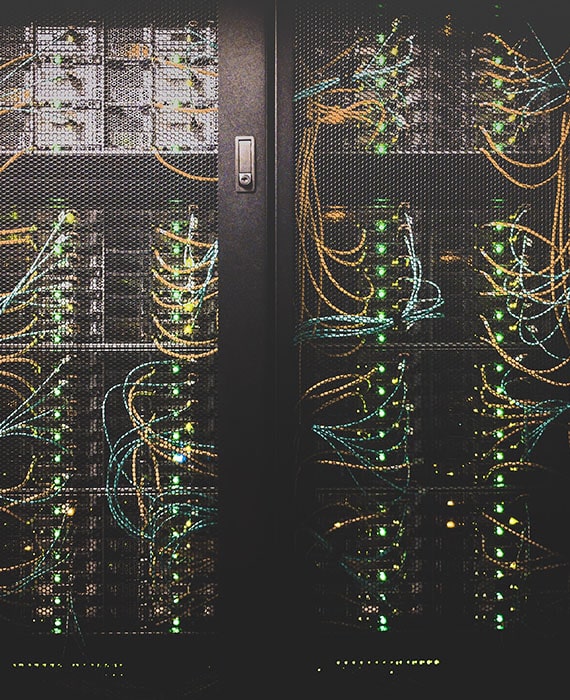but first of all, what is SaaS?
SaaS” stands for “Software as a Service”. This refers to providing computer software by installing and hosting it on a remote server (datacentre)
The software is accessed over the internet and the application is billed in the form of a monthly or annual subscription, with a price proportional to use. This subscription is designed be “all-inclusive”, meaning that it generally includes all the costs of the support the customer receives.
It’s a very topical issue: SaaS has slowly become a familiar sight not only in the world of business but also in our everyday lives. It is found in traditional office automation tools (e-mail inboxes, etc.), management systems (ERP, CRM, etc.) but also supply chain tools (WMS, TMS, etc.). This application provision mode is an alternative to the On-Premises mode, which traditionally consists of installing software on an internal company server and purchasing licenses.
SaaS mode has plenty of benefits and it is just as suitable for SMEs and big businesses in search of increased flexibility and agility.
In spite of the increasingly widespread use of this software acquisition mode, some remain wary, often wrongfully.




